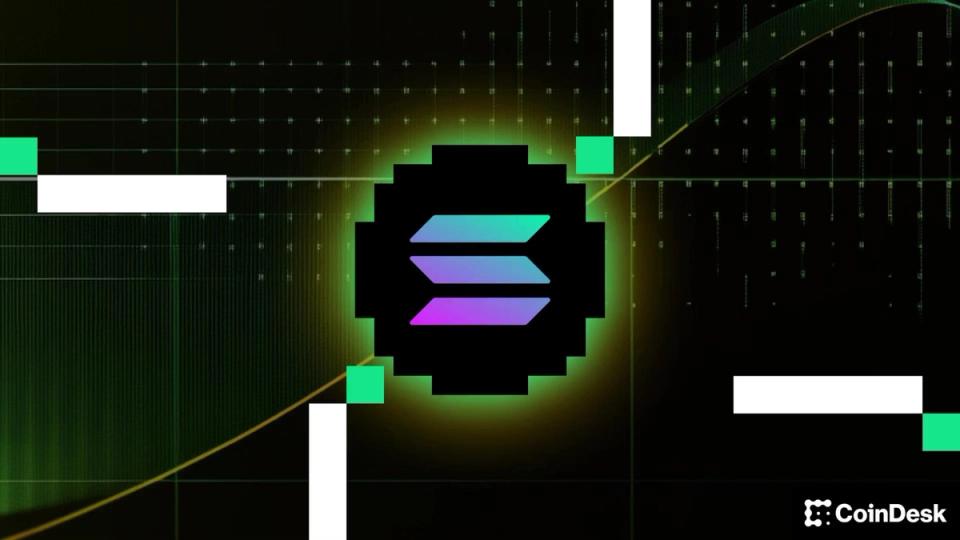Solana's Upcoming Alpenglow Upgrade: A Game-Changer for Validators
Solana's upcoming Alpenglow upgrade could mark a turning point for the network's staking economy. In an exclusive interview with CoinDesk, Michael Repetny, CEO of Marinade Labs, the firm behind Solana's liquid staking protocol Marinade, shared insights on how this update aims to revolutionize validator economics by significantly lowering the barrier to entry.
 Solana’s upcoming Alpenglow upgrade could mark a turning point for the network’s staking economy. (CoinDesk)
Solana’s upcoming Alpenglow upgrade could mark a turning point for the network’s staking economy. (CoinDesk)
The Current State of Solana Staking
When Marinade launched, there were 700 validators on Solana, with 11 large enough to potentially halt the network. After Marinade's introduction, validator numbers grew to 2000, but have since dropped to below 1000 active validators. Repetny highlighted concerning centralization signals: it currently takes only 20 of the largest validators, two countries, or two data centers to shut down the network. With ETFs and institutional interest growing, centralization risks are increasing.
How Alpenglow Will Transform Validator Economics
The Alpenglow upgrade is set to dramatically reduce vote fees, which currently account for 80% of validator costs. Repetny explained that starting a validator now costs about $5,000 per month, with $4,000 going to vote fees. Alpenglow aims to make these fees "much less," making validator operation significantly more accessible and lowering the break-even threshold.
Additional Benefits Beyond Cost Reduction
Alpenglow focuses on increasing bandwidth and reducing latency, which should lead to more saturated blocks and improved validator economics. These improvements will also shorten the time for arbitrage and malicious MEV (Maximum Extractable Value), reducing toxic manipulation and benefiting users.
Potential Tradeoffs and Future Outlook
While hardware costs might eventually increase due to higher network demands, Repetny remains optimistic. He sees Alpenglow as part of a broader ecosystem improvement alongside projects like DoubleZero and Firedancer optimization. Although results may take time to materialize, he believes these upgrades will unlock new use cases and drive more economic activity on Solana.
The upgrade is scheduled for late 2025 or early 2026 and represents a crucial step in keeping Solana competitive with emerging platforms like Hyperliquid and decentralized exchanges.






Comments
Join Our Community
Sign up to share your thoughts, engage with others, and become part of our growing community.
No comments yet
Be the first to share your thoughts and start the conversation!